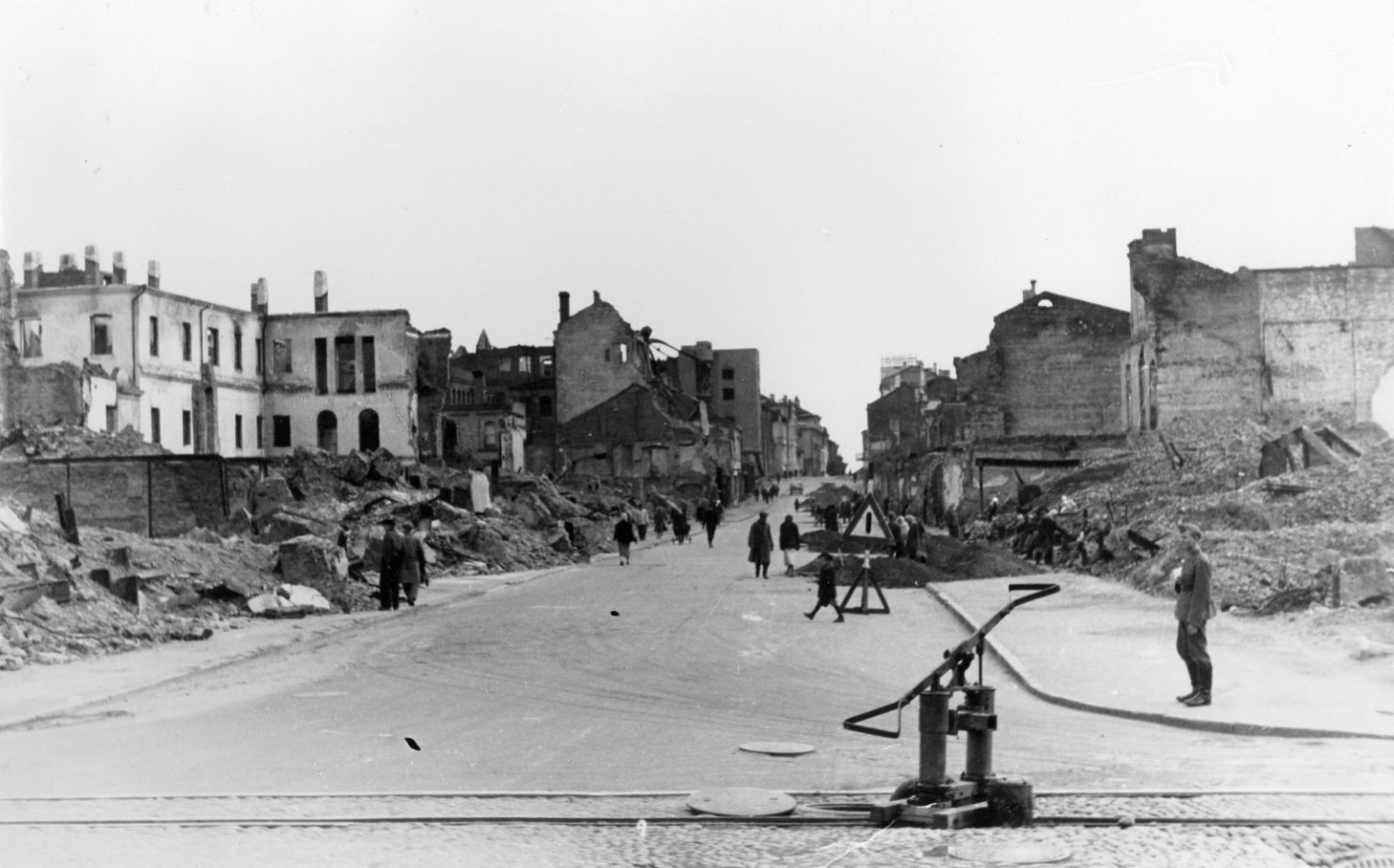




September 1942. In Minsk, a city that had suffered major destruction, Daimler-Benz operated a large repair facility for motorized Wehrmacht vehicles. Together with Organisation Todt (O.T.), a paramilitary construction group during the Nazi regime, Daimler set up more than thirty repair workshops on the grounds of a ruined military base. With a workforce of five thousand, the facility was soon one of the largest enterprises in occupied Eastern Europe.
The management exploited prisoners of war and members of the local population, among them Jews. Additional laborers were also deported from Belarusian villages to the Minsk works as part of the effort to crush the partisan movement.


→ Dr.-Ing.OTTO HOPPE
Member of the executive board at Daimler Benz AG, 1884 - 1968.
As a member of the executive board of Daimler Benz, Otto Hoppe was in charge of the facility Untertürkheim. In 1933, he joined the Nationalsozialistische Kraftfahr-Korps (National Socialist Motor Corps). Under pressure from the Deutsche Arbeitsfront (German Labor Front) and the SS, he was dismissed from the executive board because his wife was Jewish. As an employee of "Büro Werlin" in Berlin, he went subsequently directed the establishment of the "Groß-K-Werke" in the occupied Soviet Union throughout the war. In this capacity, he was also responsible for the extensive use of forced laborers at the company’s three manufacturing plants. One day after capitulation, on May 9, 1945, he was reinstated on Daimler’s executive board, because he was deemed politically unobjectionable.



